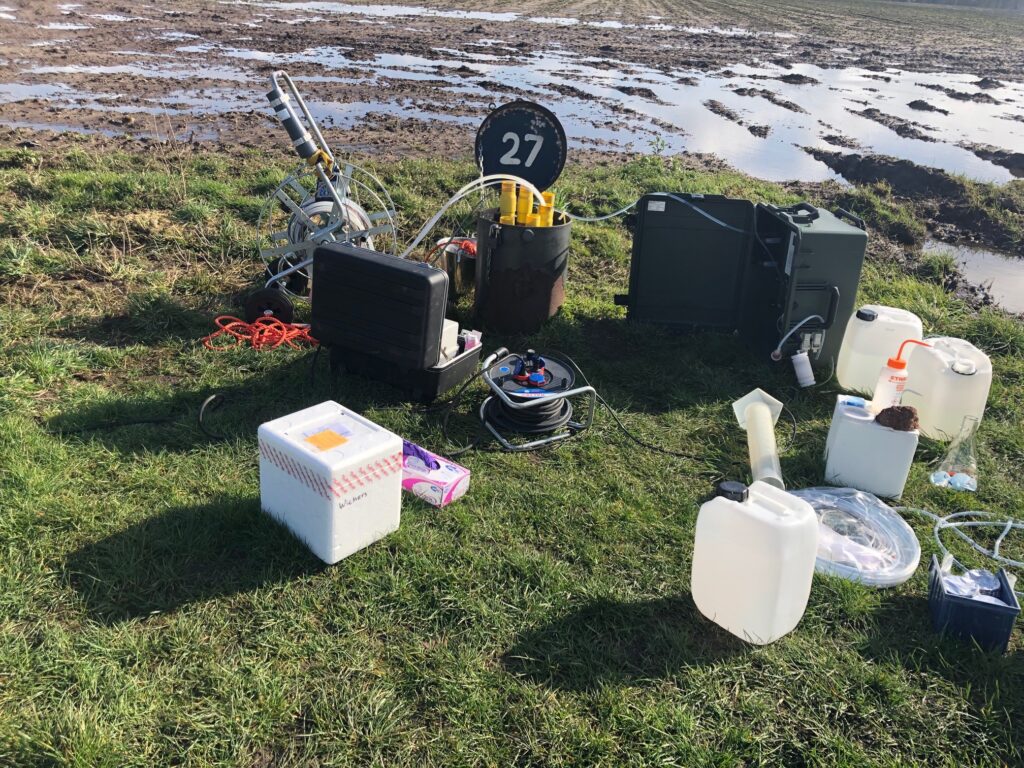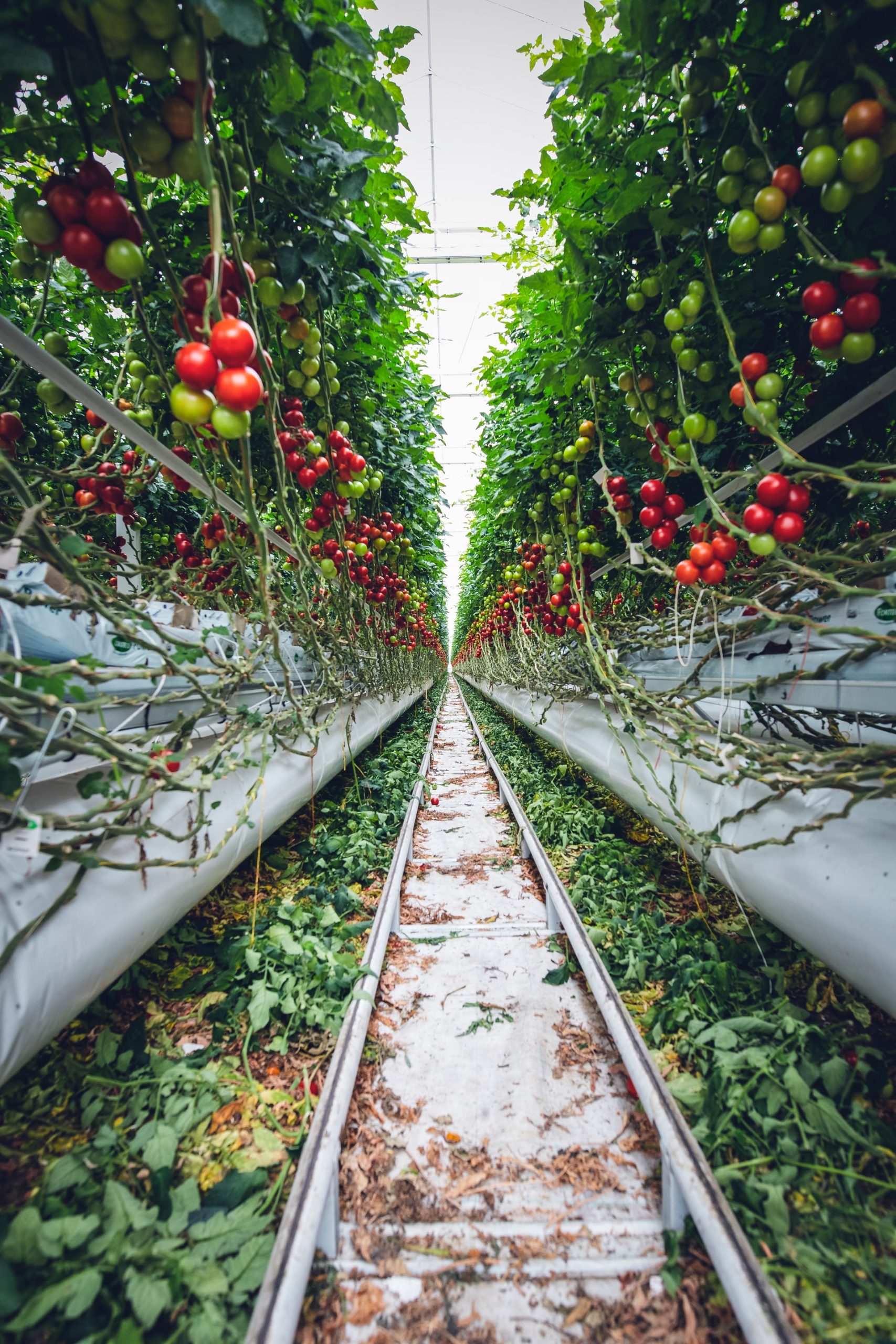Accumulation of chemicals in circular water systems
PhD-candidates Jan Specker (at the University of Amsterdam) and Alessia Ore (at Wageningen University) focus their research on identifying potentially harmful chemicals in circular water systems, guided by Prof. Annemarie van Wezel, Dr. Nora Sutton and Dr. Antonia Praetorius. Currently, there is limited insight in the occurrence and fate of the mixture of unknown, hydrophilic micropollutants that circulate through the water cycle, including the subsurface, where water could be infiltrated and stored. Chemicals can accumulate, and this might lead to adverse effects on humans and ecosystems.
New risk-assessment strategies
Existing risk assessment tools do not comprehensively assess circular water systems where re-use can affect human and environmental health. Therefore, Alessia and Jan focus on developing new risk-assessment strategies that can identify potentially harmful micropollutants in cyclic water systems, combining state-of-the-art analytical chemical and biological methods. Laboratory experiments are performed to obtain insights in the behavior and transformation of micropollutants in the subsurface and the influence of environmental conditions on this behavior and transformation. A close collaboration with drinking water companies, such as Vitens, and the industry allows to perform experiments with real aquifer material and the analysis of existing datasets where water has been reused for various purposes (see figure 1).

Input for new science-based guideline for sustainable water reuse
The insights that Jan and Alessia obtain from these experiments and datasets, in combination with the newly developed risk-assessment strategies, are used as science-based guidelines for end-users in drinking water utilities, industries and agriculture that have to decide on various water options for water reuse. In addition, these insights are used by other researchers in AquaConnect to identify target micropollutants for the development of fit-for-purpose water treatment technologies and the assessment of legislation around cyclic water use.


